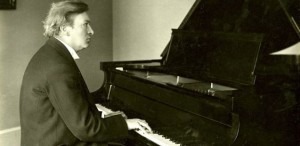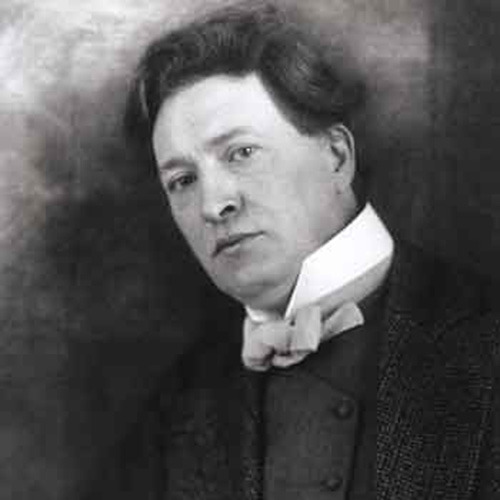 Ferruccio Busoni was the only child of two professional musicians. His Italian father was an accomplished clarinetist and his German mother a capable pianist. Towards the end of his life Busoni declared, “I bless my father for having directed me to study Bach as a child.” However, the essence of Busoni’s music lies in the synthesis of his Italian and German ancestry, combining emotion and intellect with imagination and discipline.
Ferruccio Busoni was the only child of two professional musicians. His Italian father was an accomplished clarinetist and his German mother a capable pianist. Towards the end of his life Busoni declared, “I bless my father for having directed me to study Bach as a child.” However, the essence of Busoni’s music lies in the synthesis of his Italian and German ancestry, combining emotion and intellect with imagination and discipline.
Busoni composed most of his chamber music between 1878 and 1890, at a time when the child prodigy was emerging as a formidable pianist. The Second Violin Sonata originates in the summer of 1898, but it was significantly revised for publication in 1900. Busoni declared this work his real “Opus 1, as I have found my true voice as a composer.” Of particular interest is the third movement, which unfolds as a large-scale theme and variations. Remarkably, the theme is taken from the Notebook for Anna Magdalena Bach, and the harmonic finesse and unorthodox form already point towards Busoni’s mature creativity.
Ferruccio Busoni: Violin Sonata No.2, Op. 36a
Franz Liszt famously wrote, “The justification for transcribing organ works for the piano is quite different from the reverse, and it is similar to what engraving is to the visual arts. It multiplies and spreads it.” Numerous virtuoso pianists throughout the 19th century brilliantly replicated organ effects on the piano. Bach himself was a busy transcriber, and according to Albert Schweitzer, “he would rejoice in the piano apostles of his organ gospel.” For Busoni, “the means by which Bach’s music is communicate to the listener are immaterial, and he learnt to recognize that good, great ‘universal’ music remains itself, by whatever means it is produced.” In his transcriptions, Busoni often resorts to bravura pianistic devices such as doublings and harmonic additions to the melodic lines, strong dynamic contrasts and differentiated articulation. He used his knowledge of composition and his tonal imagination to highlight the musical structures and colorfully suggested the organ’s many registers.
Johann Sebastian Bach: Prelude and Fugue, BWV 552 (arr. F. Busoni)
Busoni started work on his opera Die Brautwahl (Bridal Lottery) in 1905 by fashioning an initial version of the libretto based on a short story by E. T. A. Hoffmann. At age 46, Busoni had already completed a number of operas, however, none of them had been performed. His approach to the text was exclusively literary, and Busoni published the libretto before the music was written. The fairytale story involves the artist Edmund who falls in love with Albertine. Naturally, he has a number of rivals for her hand, including the bureaucrat Thusman, the visible ghost Manasse and his son Baron Bensch. In the end, a final trial involving three caskets decides the outcome in favor of Edmund. Busoni’s musical canvas is drawn with a wide brush, as he directly incorporates quotations of music by other composers. Citations from Rossini and Mozart happily mingle with passages from Richard Strauss and Carissimi. The opera was a critical success at its first performance in Hamburg on 13 April 1912; however, it ran for only four performances.
Ferruccio Busoni: Die Brautwahl (Bridal Lottery)
When Busoni published his Elegies in 1908—originally a set of 6 solo piano pieces to which he later added the Berceuse—his compositional approach had undergone a fundamental change. He writes, “My entire personal vision I put down at last and for the first time in the Elegies…they signify a milestone in my development, almost a transformation.” Busoni extends the harmonic language, with tonality weakened by the use of bitonality. Unrelated triads are overlapped and juxtaposed and highly chromatic scales and runs often differ from the surrounding harmonies. Critics were not convinced and suggested, “Busoni’s elegies are a veritable source of dismay. There is a structural logic and an aesthetically ordered system of sound deployment in these pieces; but novelty seekers will have found as little ‘music’ here as the normal, naïve listener.”
Ferruccio Busoni: Elegies


